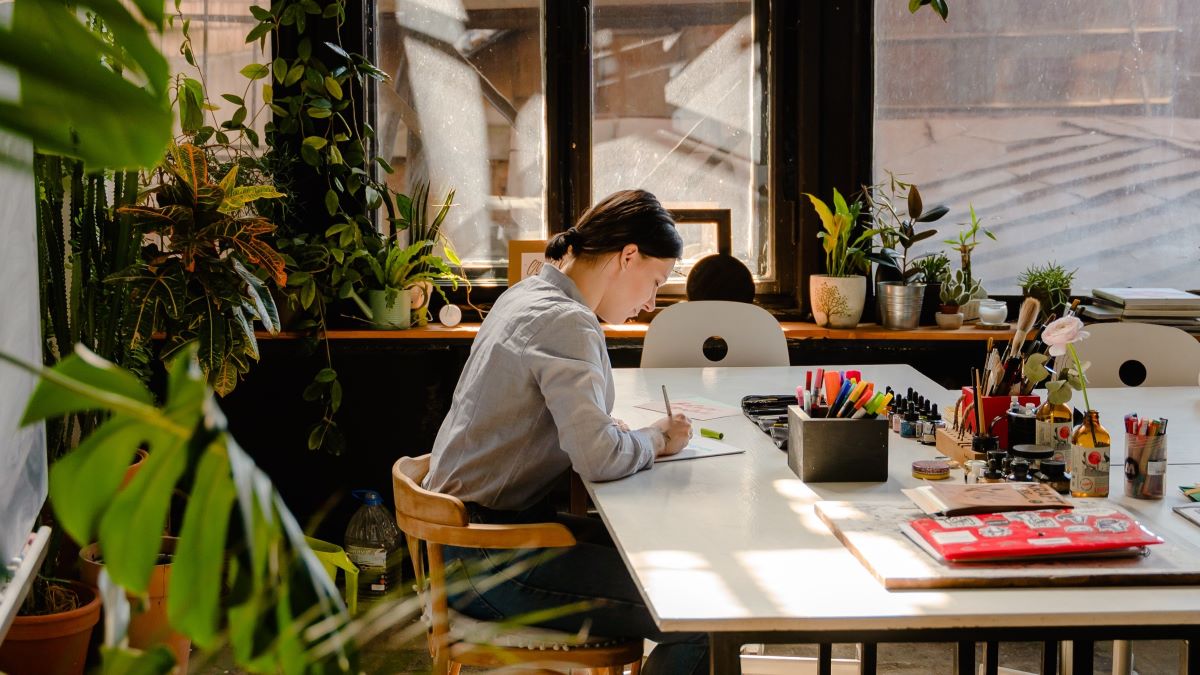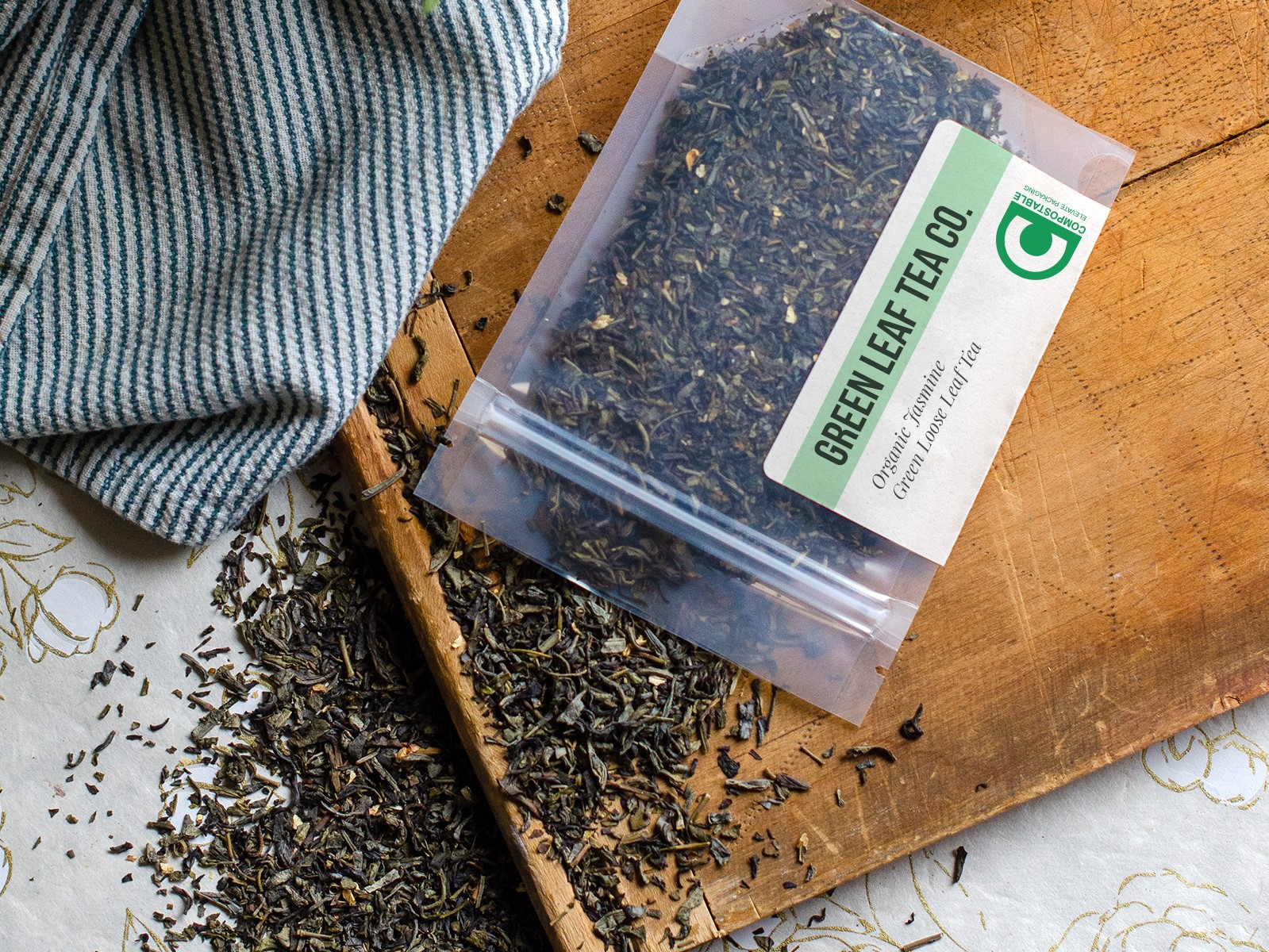Recent Posts
- Home
- Elevate Blog
- Sustainable Packaging Design
Sustainable Packaging Design
Posted on

“It is estimated that over 80 percent of all product-related environmental impacts are determined during the design phase of a product.”
- The Contribution of Design to Sustainable Development, IISD
Packaging design is much, much more than a pretty box for your product! Designing for sustainability and end-of-life starts from the very beginning of the process. The full potential environmental impact of your packaging is decided during the design stage, and by making sustainable decisions in this stage you can ensure significant positive impact before your packaging is even created!
What is Sustainable Packaging Design?
Sustainable packaging is packaging that is effective, efficient, safe, and circular. Sustainable packaging design considers the full life cycle of the product - your packaging design must balance the needs of your product, requirements of your customers, and environmental impact, as well as your business goals.
You can start by asking, “is this necessary?”
Does your product need packaging in the first place? Just as it might be inadvisable to go to market with a product that no one wants or needs, unnecessary packaging also has significant environmental and financial impact.
The main purpose of packaging is to protect your product, without it there is risk of creating more waste if your product were to get damaged. Once you’ve decided whether you need packaging: how much do you need? What materials should you use? What shape is the most efficient?
Sustainable Packaging Materials
Sustainable packaging materials are beneficial, safe & healthy at all stages of the life cycle. Materials should be as lightweight as possible, durable enough to protect your product, and may need additional barrier properties to ensure freshness. Sustainable packaging materials should be sourced via a supply chain that is environmentally and socially responsible.
Read More Sustainable Packaging Design: Materials
Packaging Form
The physical design of your packaging should protect your product from damage, as well as optimize the use of materials and energy. Packaging that is the wrong size or shape can increase storage and transportation costs. It can also damage your products, produce extra waste, and cause frustration for customers.
Read More Sustainable Packaging Design: Form Factor
Sustainable Packaging Production
Sustainable production aims to minimize unnecessary use of material and limit excess waste. There is also opportunity at this stage to manufacture using clean technology, or reduce the amount of energy used.
Read More Sustainable Packaging Design: Production
Marketing
Your packaging is usually the first physical touchpoint a customer has with your brand. Sustainable packaging design must balance your marketing needs with material and production.
The environmental claims of your materials should be clear (for example is it compostable, or only biodegradable?)
Read More Sustainable Packaging Design: Marketing
End of Life
Your responsibility doesn't end when your customer receives the product. What will happen to your packaging after your customer has unpacked your product? Can it be composted, re-used, or recycled? The materials you choose in the early stages of design will determine how sustainably your packaging can be disposed of.
Read More Sustainable Packaging Design: End of Life

“A human-centred design approach aims to understand the user’s needs and environmental impact. Within this approach you define the problem by looking at the whole system.”
- Sustainability Guide, EcoDesign Circle
In a circular system, each part of your packaging design is interconnected. Choosing rigid materials might limit your choices in shape and size. An unusual shape or size could affect production efficiency. Your choice of material will determine end-of-life options for your packaging, and so on.
Packaging design decisions shouldn't be made in isolation. The life cycle of your product and packaging includes the total impact, from creation to decomposition.
What is the Most Sustainable Packaging Design?
In short, the most sustainable packaging design for your product:
- Is effective at protecting your product and provides value to your brand.
- Reduces waste as much as possible at every stage by efficient use of eco-friendly materials.
- Is non-toxic and does not cause harm to users or the environment.
- Is circular, and can continue to be useful at end-of-life. For example, by being used to create something beneficial (compost!).
The EPA estimates that packaging makes up around 30% of total U.S. waste annually. That's an enormous amount of packaging waste. Sustainable packaging may seem daunting at first, but even small changes can have an impact: Getting Started with Sustainable Packaging
Ready to start your sustainable packaging journey?
Connect with one of our packaging experts
Contact Us
 Loading... Please wait...
Loading... Please wait...


